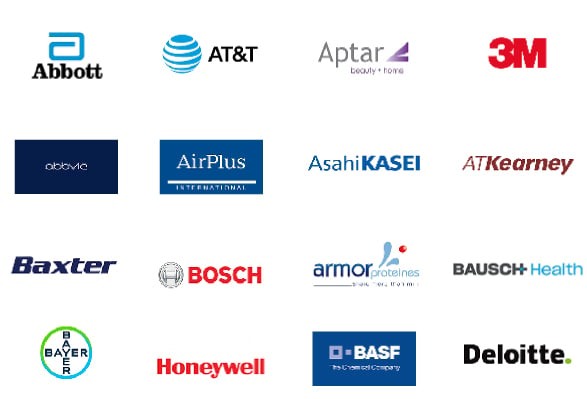The Global Human Primary Cell Culture Market is estimated to be valued at USD 4.10 Bn in 2025 and is expected to reach USD 8.61 Bn by 2032 exhibiting a compound annual growth rate (CAGR) of 11.2% from 2025 to 2032. Human primary cell culture refers to the practice of growing human cells and tissues directly extracted from the body in an artificial controlled environment. Over the past few decades, techniques of isolating and culturing primary human cells have advanced significantly. Primary cell cultures allow researchers to study individual cell types and their responses to various stimuli in a dish, outside a living organism. This reduces the use of animal and human subjects in research while providing insights into disease processes and testing potential therapeutic agents. Primary cells retain characteristics of the specific cell in the body from which they are derived and have metabolism resembling their in vivo counterparts. The global human primary cell culture market has been gaining traction due to its wide application in research related to cancer, stem cells, tissue engineering, and drug discovery.
Market Dynamics:
The global human primary cell culture market is driven by rising pharmaceutical R&D activities, increasing governmental expenditure on healthcare research, and growing prevalence of chronic diseases. Primary cell culture plays a critical role in developing personalized medicines for various conditions like cancer. However, high cost of isolation procedures and infrastructure requirements for cell culture laboratories limit the market growth. Shortage of skilled professionals to handle primary cells also poses a challenge. On the positive side, technological advancements in culture media formulations that better mimic the in vivo microenvironment offer opportunities. Adoption of 3D bioprinting techniques and development of organ-on-chip platforms utilizing primary cells would further support the market expansion during the forecast period.
Key Features of the Study:
- This report provides in-depth analysis of the global human primary cell culture market, and provides market size (US$ Billion) and compound annual growth rate (CAGR%) for the forecast period (2025–2032), considering 2024 as the base year
- It elucidates potential revenue opportunities across different segments and explains attractive investment proposition matrices for this market
- This study also provides key insights about market drivers, restraints, opportunities, new product launches or approvals, market trends, regional outlook, and competitive strategies adopted by key players
- It profiles key players in the global human primary cell culture market based on the following parameters – company highlights, products portfolio, key highlights, financial performance, and strategies
- Key companies covered as a part of this study include Thermo Fisher Scientific, Merck KGaA, Lonza Group, Danaher Corporation, Becton, Dickinson and Company, Corning Incorporated, Sartorius AG, GE Healthcare, Fujifilm Irvine Scientific, Sigma-Aldrich (Merck), PromoCell GmbH, ATCC (American Type Culture Collection), Cell Biologics, InVivo Biosystems, and Stemcell Technologies
- Insights from this report would allow marketers and the management authorities of the companies to make informed decisions regarding their future product launches, type up-gradation, market expansion, and marketing tactics
- The global human primary cell culture market report caters to various stakeholders in this industry including investors, suppliers, product manufacturers, distributors, new entrants, and financial analysts
- Stakeholders would have ease in decision-making through various strategy matrices used in analyzing the global human primary cell culture market
Market Segmentation
Table of Contents
*Browse 32 market data tables and 28 figures on 'Human Primary Cell Culture Market' - Global forecast to 2032
Joining thousands of companies around the world committed to making the Excellent Business Solutions.
View All Our Clients